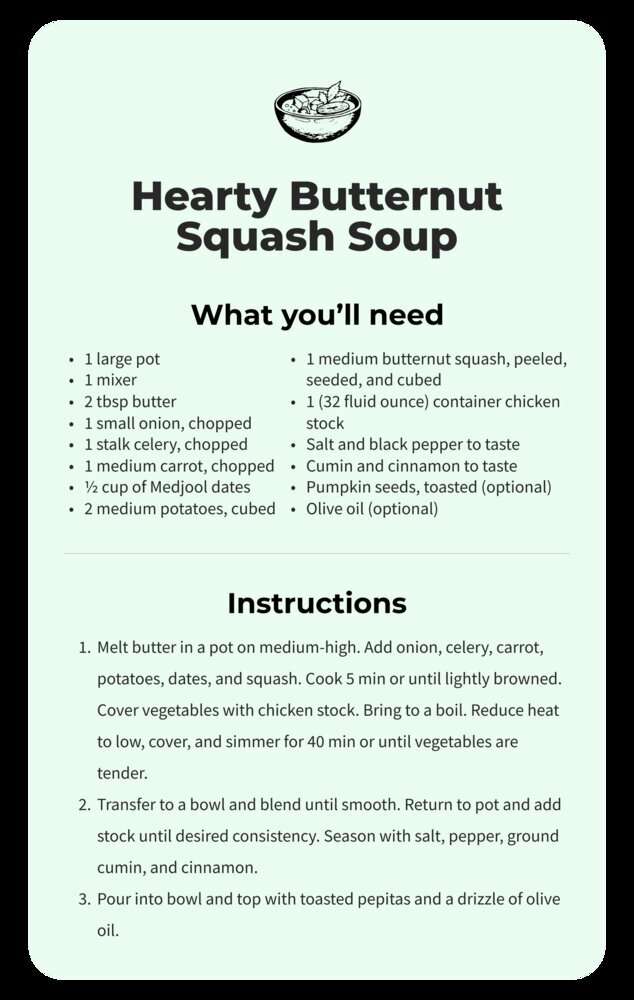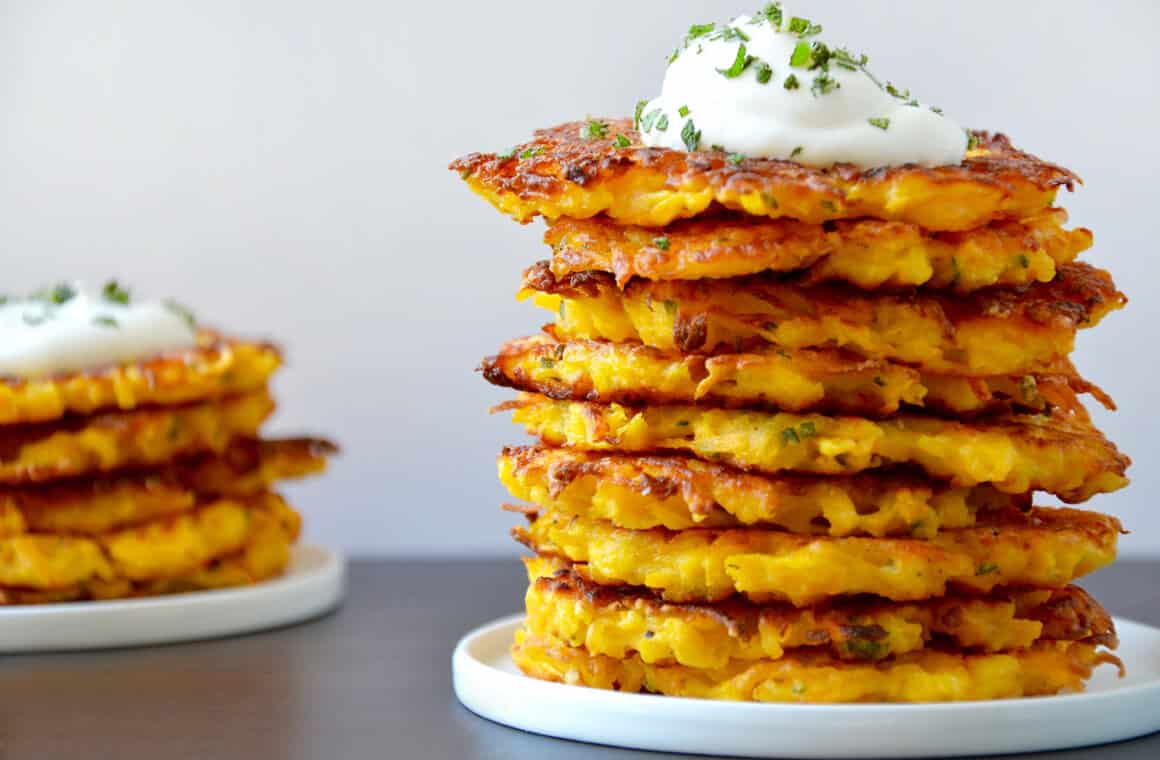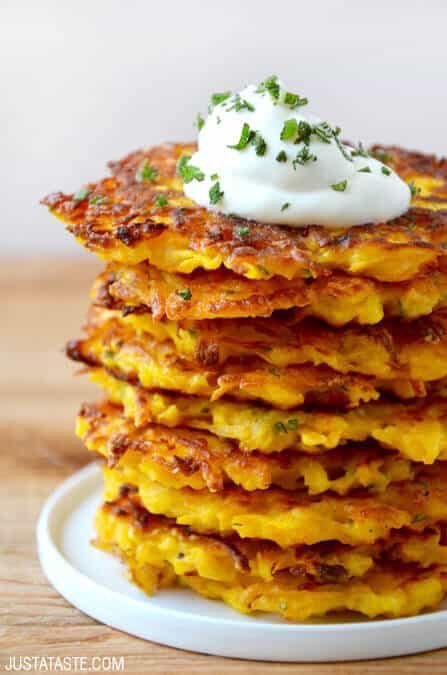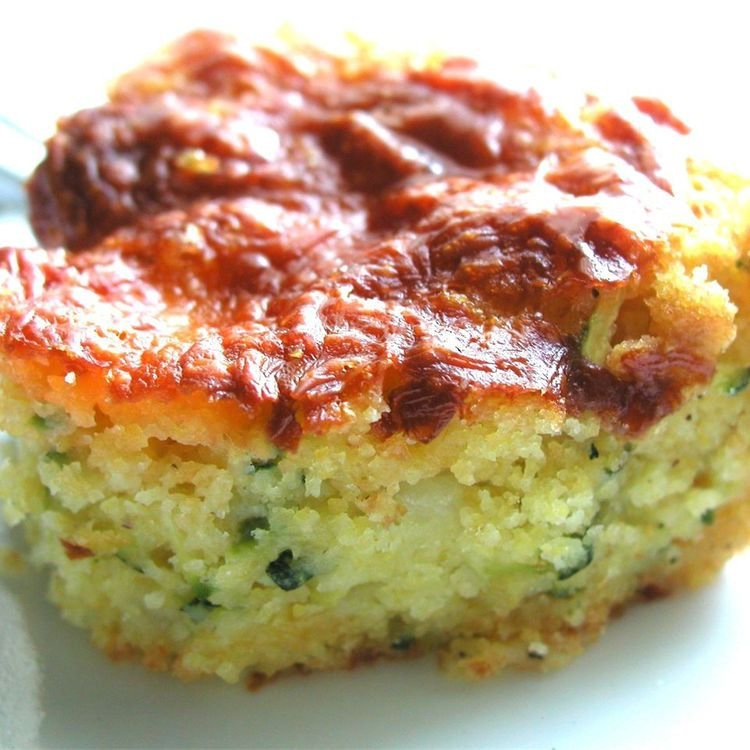
Fall Fruits and Vegetables: Your Seasonal Guide| Banner Health
Fall brings a bounty of fresh fruits and vegetables. Eating seasonally enhances your meals and supports local agriculture. Here are 10 to try this autumn.
www.bannerhealth.com
Pumpkin spiced lattes are out, which means fall is here. But most, if not all, of those sugary, syrupy drinks are ironically missing one important ingredient: actual pumpkins.
“The sugar content of one grande pumpkin spiced latte is 12 teaspoons, more than the recommended daily amount for one day, which is six teaspoons for women and 9 for men,” said Nicole Hahn, a registered dietitian at Banner Health. “Although you can doctor them up to make them a bit healthier, they aren’t as good as having the real thing.”
So instead of reaching for that latte, why not try to ratchet up your fall with the real thing? Pumpkins are just one of many seasonal fruits and vegetables you can add to your shopping cart and plate this fall.
Why change your diet with the weather? There are several benefits for choosing seasonal and more local fruits and vegetables:
- Flavor: Picked at peak of ripeness, they are packed with flavor. And with little distance to travel, you can enjoy them right away.
- Cost: Because they are in season, you can also save a pretty penny.
- Nutrients: When produce is picked before it’s ripe, the nutrients do not fully develop in the flesh of the fruit. Seasonal produce is generally harvested at its peak, so it retains its full nutrient and vitamin content.
Pumpkins and 6 Other Fall Foods to Try
Alright, enough about the perks. Grab your scarf, boots and shopping bag. Here are some fruits and vegetables to get in the fall vibe.Pumpkins
While you can adjust that pumpkin spiced latte to make it a bit healthier, there’s nothing like having the real thing. There’s more to them than just the carved pumpkin you set out on Halloween too.“Pumpkins are very versatile and can take on a sweet dessert-style dish as well as being enjoyed as a savory side or main dish,” Hahn said. “You can even roast the seeds. Throw some cumin, garlic, turmeric, curry or lime in – get adventurous!”
Like tomatoes, pumpkins are scientifically a fruit, but nutritionally they are more similar to vegetables. This orange type of squash is rich in fiber (7 grams per cup!), relatively low in calories and filling. They also may help your eyes and skin too.
“Its orange color comes from beta-carotene, a precursor for vitamin A, which promotes healthy eyes, skin and the immune system,” Hahn said. “Additionally, antioxidants in pumpkin may help prevent cataracts, skin damage and lower the risk of cancer.”
Pumpkins are also available pre-cut or canned, giving you flexibility with your recipes and preparation. “Be sure to read labels carefully and look for items with no added salt or items packed in natural juice or water to avoid excess salt and calories,” Hahn said. Canned can last a while and be cost-effective if you are on a limited or fixed income.
- What’s inside: Seeds of a pumpkin contain B-vitamins, magnesium, phosphorus, zinc, iron, copper and are a good source of fiber. They can also help keep your GI tract healthy. Pumpkin flesh contains vitamins A (beta-carotene) and C, potassium, copper, iron, are rich in fiber and contain small amounts of magnesium, phosphorus, zinc and B-vitamins.
Squash
Whether acorn, yellow, spaghetti, bitter or butternut, don’t put the kybosh on squash. Like its cousin the pumpkin, squash is low-calorie, high in fiber and packed with vitamins. Once you get past the peeling, these vegetables are incredibly easy to cook.- What’s inside: Vitamins A, C, E, B6, some B-vitamins, calcium, iron, magnesium, copper, potassium and antioxidants, which help neutralize free-radicals that can cause cell damage and inflammation.
Beets
Whatever you do, don’t knock beets. They really can’t be beat. This vegetable is not only versatile, but it offers some impressive health benefits, are low calorie and a great source of nutrients.“Beets contain nitrates, which may reduce blood pressure and some emerging research shows it may improve athletic performance,” Hahn said. “But monitor consuming in excess if you are prone to low blood pressure or are working with your doctor for blood pressure control.”
- What’s inside: Folate, vitamin B6, magnesium, potassium, antioxidants, fiber and nitrates
Brussels Sprouts
Although named after its home of cultivation in Belgium, you don’t have to travel abroad to enjoy this cruciferous vegetable. Although they may be one of the most loathed vegetables out there, Brussels sprouts are packed with antioxidants, fiber and are low in calories.If boiled sprouts make you gag, one delicious way to enjoy them is roasted in the oven.
- What’s inside: Vitamins K (aids bone health and blood clotting), C, A, some B6, folate, potassium, magnesium and phosphorus, antioxidants (particularly kaempferol, which may reduce cancer cell growth and decrease inflammation), alpha-lipoic acid (may help with blood sugar control and insulin sensitivity), and some Omega-3 and fib
Cranberries
This fruit has rich history. Native Americans first used them not only for food but in medicine and to dye clothes as early as the 1500s. Today, Americans consume about 400 million pounds of cranberries each year.Many consider cranberries a superfood because of their health-boosting benefits. A versatile fruit, you can best enjoy them raw, dried, baked or juiced.
- What’s inside: Vitamins B and C, iron, calcium, potassium and fiber
Parsnips
Closely related to carrots, parsnips bring a unique flavor to dishes and offer some health benefits too. They are a great source of soluble and insoluble fiber, high in antioxidants and easy to add to your diet. You can enjoy them mashed, roasted, sautéed, boiled, baked, stewed—the ways to enjoy them are endless.- What’s inside: Vitamins C, K, folate, magnesium, zinc, antioxidants and fiber.
Pears
Did you know there are more than 3,000 known pear varieties grown around the world? Holy cow! And what makes it an even cooler fruit is its versatility. This mild, sweet fruit is great alone, baked or as part of a salad. Not only is it delicious, but it’s also rich in essential antioxidants and fiber.- What’s inside: Vitamins C and E, fiber, pectin, antioxidants, copper and folate.





:max_bytes(150000):strip_icc()/20920zucchini-cornbread-casseroleMyHotSouthernMess4x2-8982172d1cbb45d7887aee2575d6b426.jpg)
